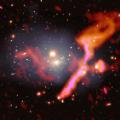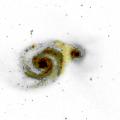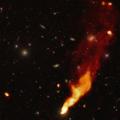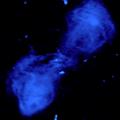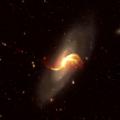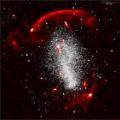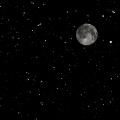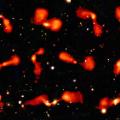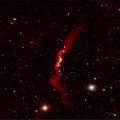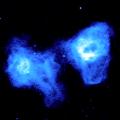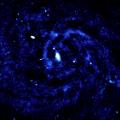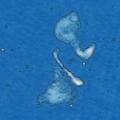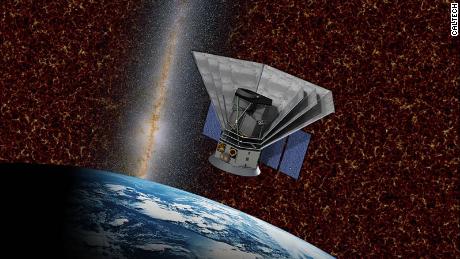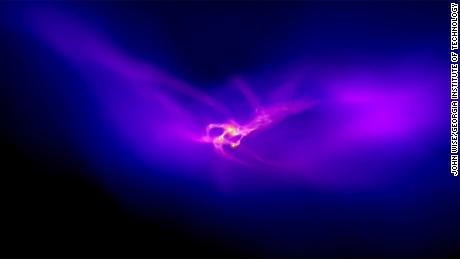(CNN)The radio signals of almost 300,000 sources have finally reached Earth, and most of them are previously unknown galaxies from the distant universe.
More than 200 astronomers in 18 countries created a radio sky survey using the Low Frequency Array telescope, known as LOFAR. The first phase of this major survey was published this week, along with 26 research papers describing the results, in the journal Astronomy & Astrophysics.
LOFAR is an incredibly sensitive radio survey, mapping the sky with fine detail. It's operated by ASTRON, the Netherlands Institute for Radio Astronomy. For the first phase, LOFAR used low radio frequencies to observe about a quarter of the Northern Hemisphere's sky.
Radio astronomy is another way of revealing the secrets of the universe that optical light can't.
The radio signals of 300,000 sources appeared, almost all of them galaxies. But researchers were also able to see black holes, to look at the evolution of clusters of galaxies and to measure magnetic fields.
Astronomers are hoping to use LOFAR to determine where black holes come from by looking at the jets of material they release, which can be seen at radio wavelengths.
"LOFAR has a remarkable sensitivity and that allows us to see that these jets are present in all of the most massive galaxies, which means that their black holes never stop eating," said Philip Best, one of the study authors and a professor at the University of Edinburgh's School of Physics and Astronomy, in a statement.
Galaxy clusters look like a mass of stars but are really groupings of hundreds or even thousands of galaxies. Sometimes, two galaxies merge, and that creates radio emissions that can span millions of light-years, most likely due to particles accelerated by the merger.
Radio observations allow astronomers to detect that radiation, caused by energetic shock, and understand how it was formed, according to Amanda Wilber, a doctoral candidate at the University of Hamburg. But it's also shedding light on something else.
"What we are beginning to see with LOFAR is that, in some cases, clusters of galaxies that are not merging can also show this emission, albeit at a very low level that was previously undetectable. This discovery tells us that, besides merger events, there are other phenomena that can trigger particle acceleration over huge scales," said Annalisa Bonafede, associate professor in the University of Bologna's Department of Physics and Astronomy, in a statement.
LOFAR also enables astronomers to measure weak magnetic fields in space.
"The unprecedented accuracy of the LOFAR measurements has allowed us to measure the effect of cosmic magnetic fields on radio waves from a giant radio galaxy that is 11 million light-years in size. This work shows how we can use LOFAR to help us understand the origin of cosmic magnetic fields," said Shane O'Sullivan, professor at the University of Hamburg, in a statement.
But the actual process of producing the beautiful images of these distant galaxies from data takes not only time but power. LOFAR gathers so much data that the scientists had to process about 10 million DVDs worth of it.
They were able to use the supercomputer and data center at SURF, the collaborative Dutch organization for information and communications technology, to process the data set in a year -- something that would have taken centuries on a regular computer.
"These images are now public and will allow astronomers to study the evolution of galaxies in unprecedented detail," said Timothy Shimwell, a staff member at ASTRON, in a statement.
The 26 papers published this week only encompass the first 2% of the sky survey. Eventually, the team hopes to have images of the entire northern sky, which would contain 15 million radio sources. The researchers believe that these signals will reveal the first massive black holes that formed during the universe's infancy.














